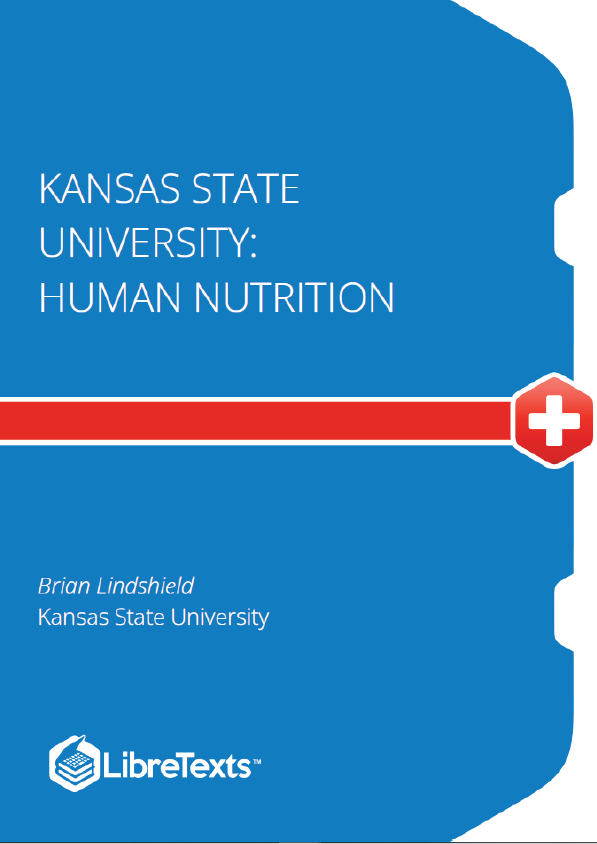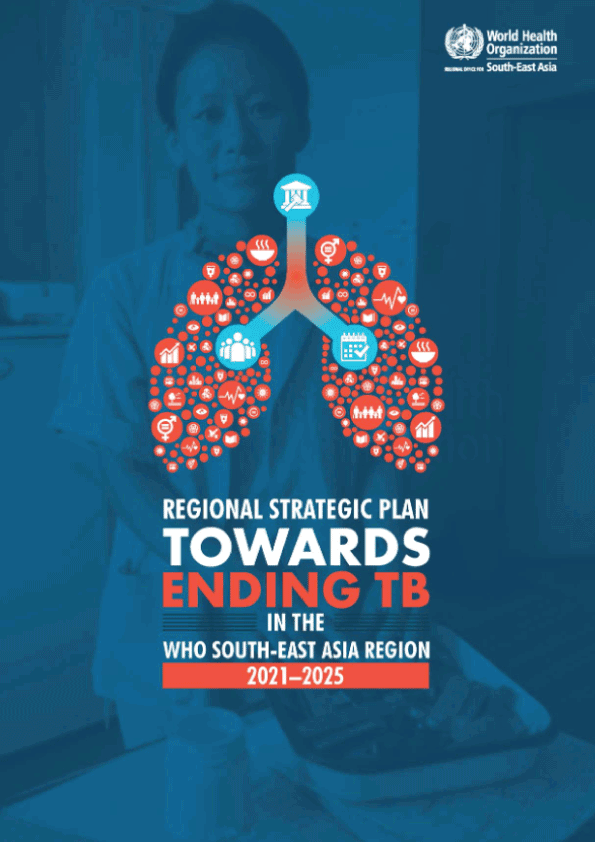This text is used for FNDH 400 at Kansas State University, which is a 3-hour, intermediate-level, nutrition course taught on campus every spring semester, and all 3 semesters (fall, spring, summer) via K-State Online. Ideally on-campus students take the course during the spring semester of their sophomore year. Most on-campus students in the class are majoring in Nutritional Sciences, Nutrition and Health (previously Public Health Nutrition), Sports Nutrition, or Dietetics. There is an increasing number of Biology, Life Sciences and other majors taking the course. Online, more students are nontraditional and a majority are distance dietetics students (K-State offers a distance dietetics degree).
Nutrition Basics
The field of nutrition is dynamic. This means that our understanding and practices are constantly changing and being updated. Some of nutrition’s dynamic nature may be due to the fact that nutrition, as a discipline, is relatively young (many vitamins weren’t isolated until the 1930s) compared to many other scientific fields. New research is always being conducted and the findings are continuously being reported to the public. With so much information, discernment must be exercised. In order to interpret these new findings, you need to understand how the research was conducted and the nutrition research hierarchy. Everyone eats, so people are going to face nutrition choices and questions on a daily basis. This section will provide you with an integrated understanding of the different forms of nutrition research and how to evaluate them relative to one another.
The Basics
Nutrition can be defined as the science of the action of food, beverages, and their components in biological systems. A nutrient is a compound that provides a needed function in the body. Nutrients can be further classified based on the amount needed in the body.
- Macronutrients: nutrients needed in larger amounts
- Micronutrients: nutrients needed in smaller amounts (but still important)
Calories (Food Energy)
Food energy is measured in kilocalories (kcals), commonly referred to as calories by the general public. The general public “calorie” term is incorrect (most do not know or understand the difference between the kilocalorie and calorie terms), but it is important to understand what the term calorie represents when it is used in this way. A kilocalorie is the amount of energy needed to raise 1 kilogram of water 1 degree Celsius. A food’s kilocalories are determined by putting the food into a bomb calorimeter and determining the energy output (energy = heat produced). The link below is to an animation of a bomb calorimeter.











